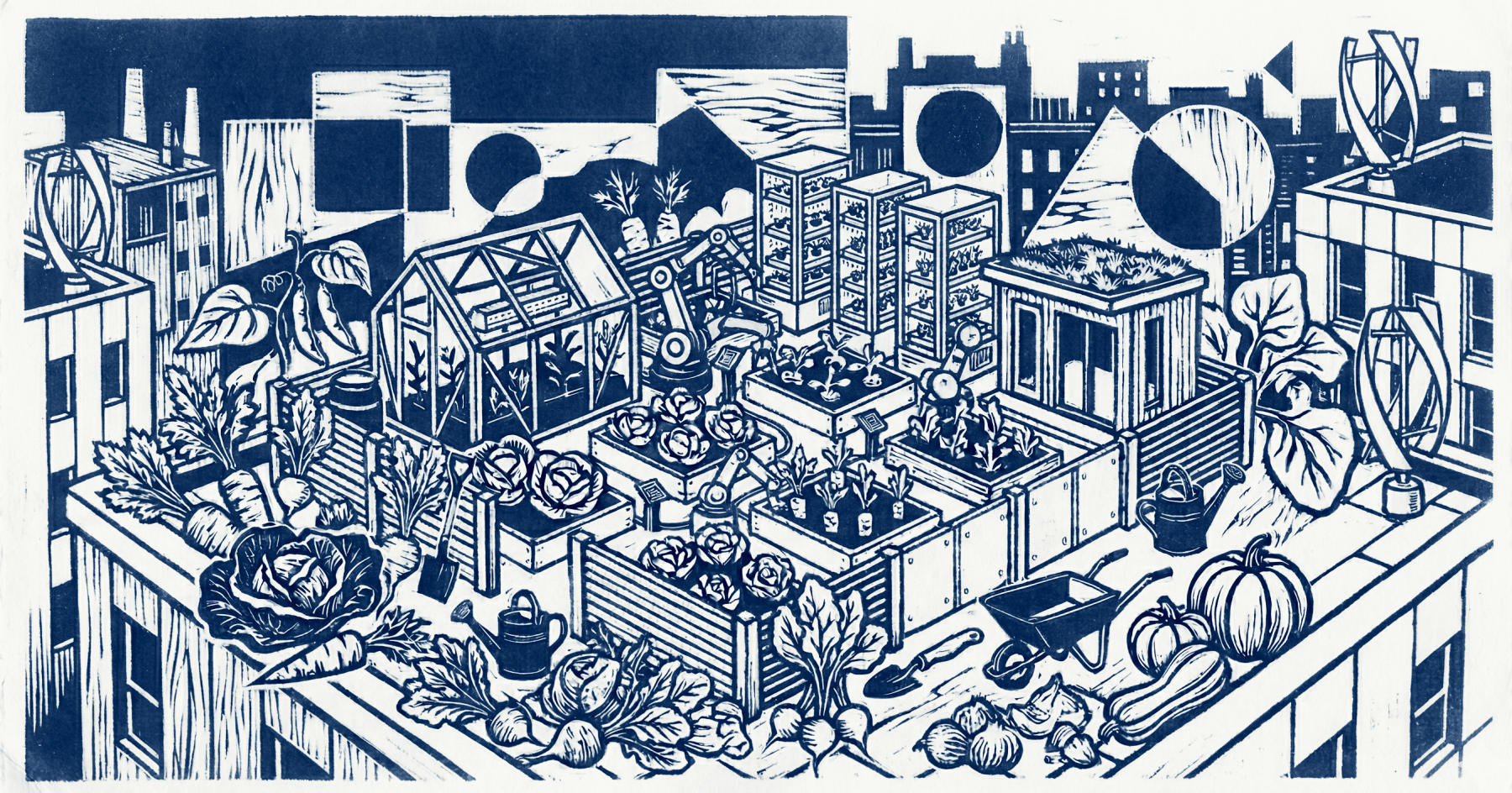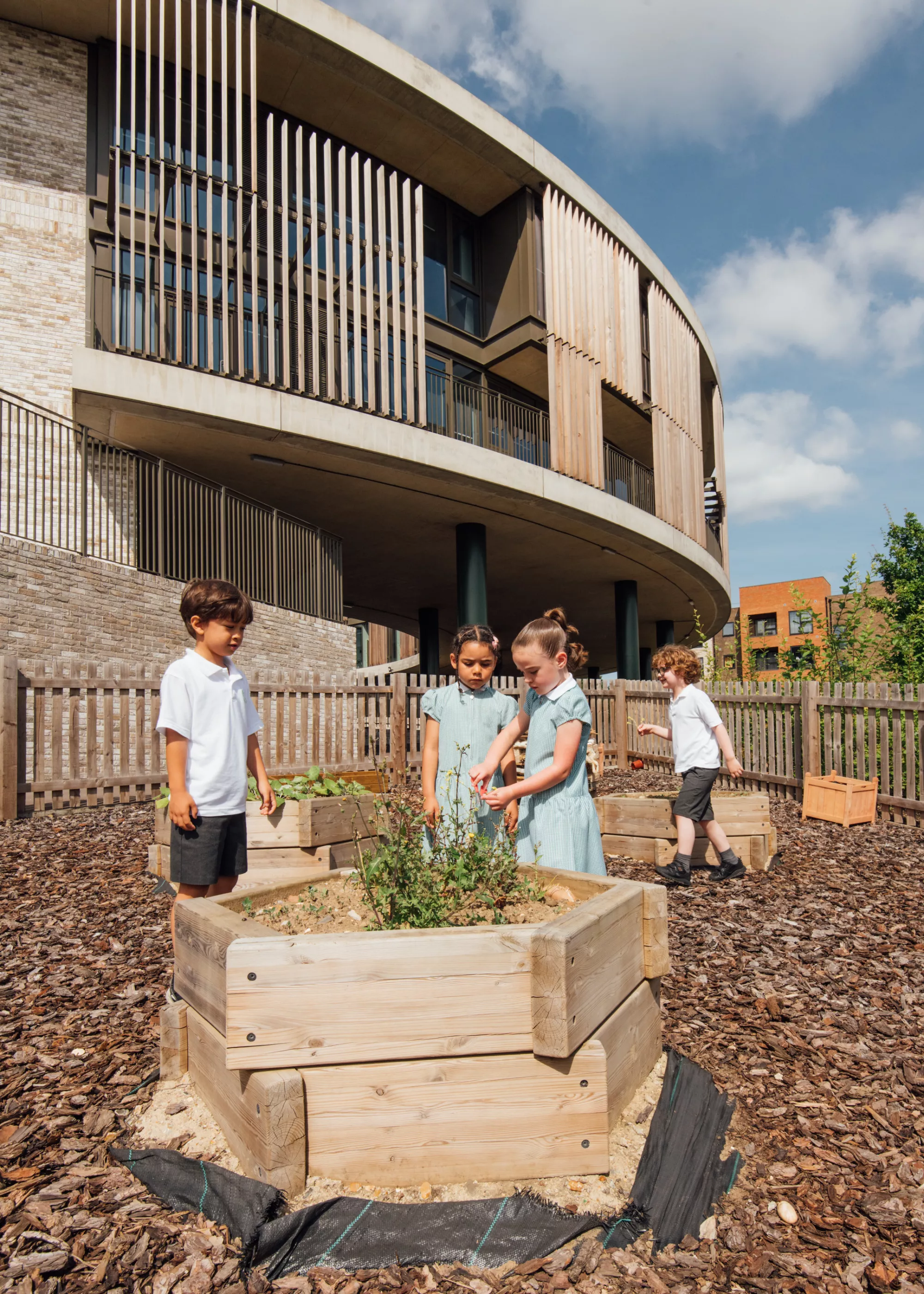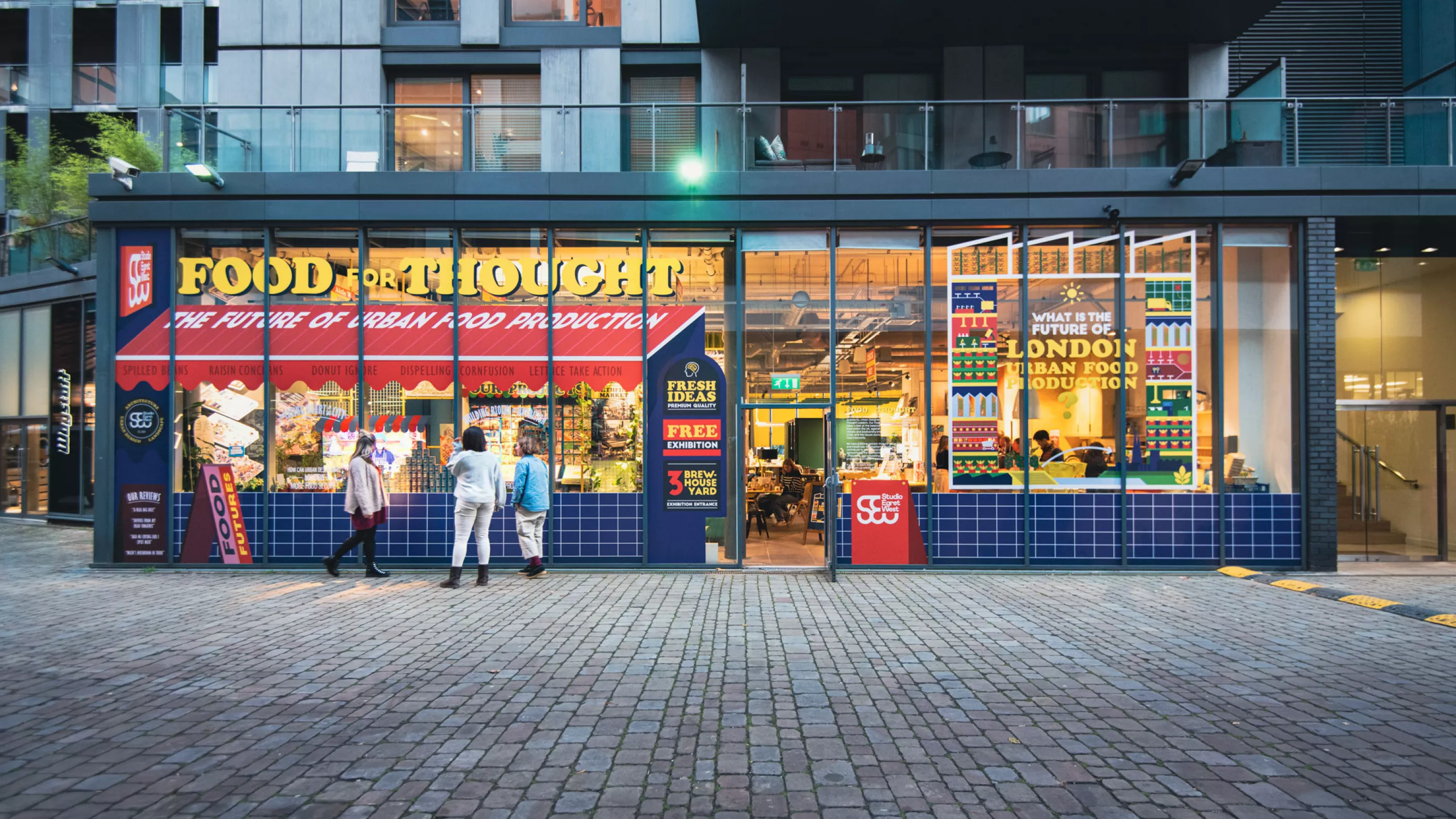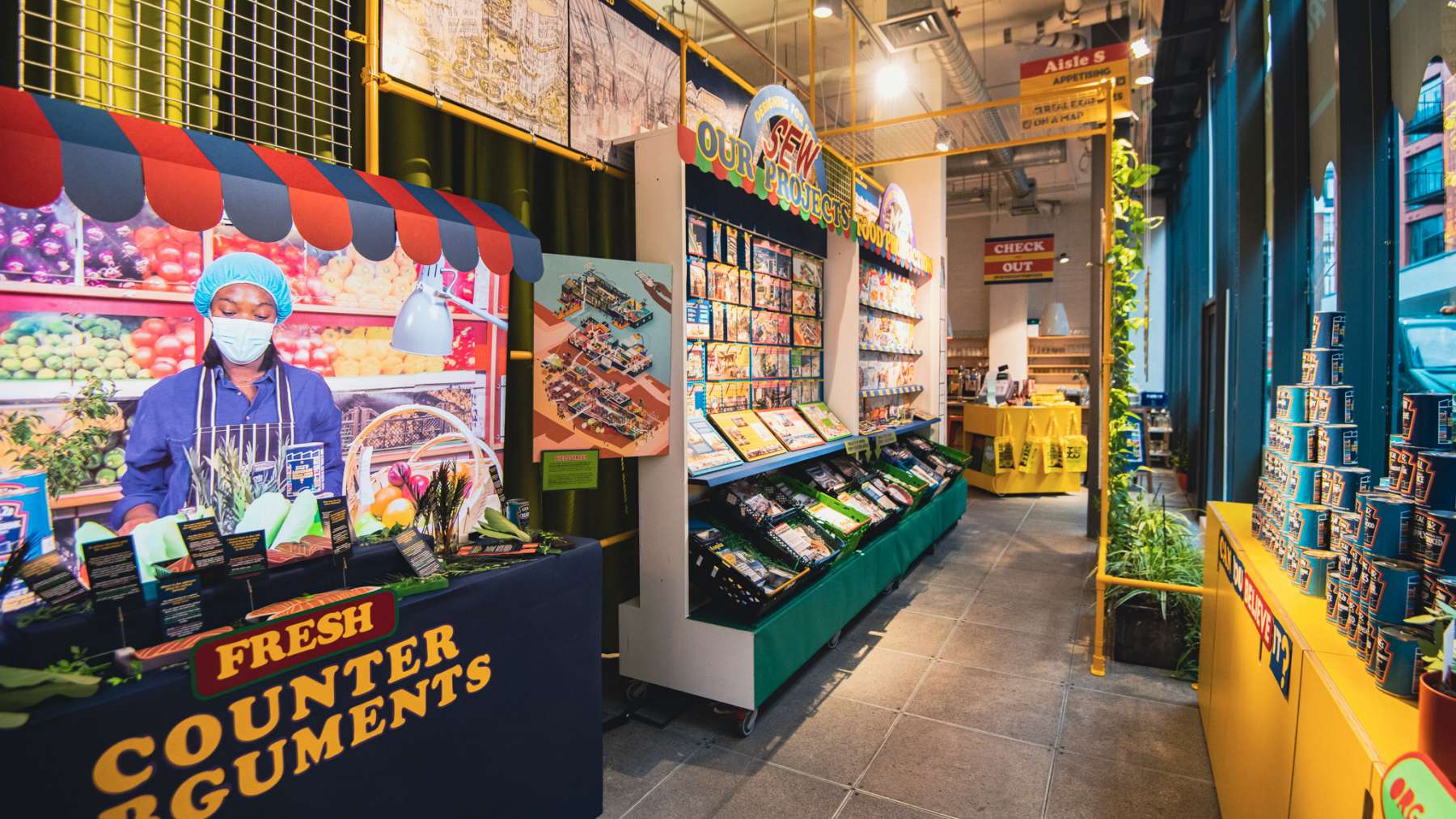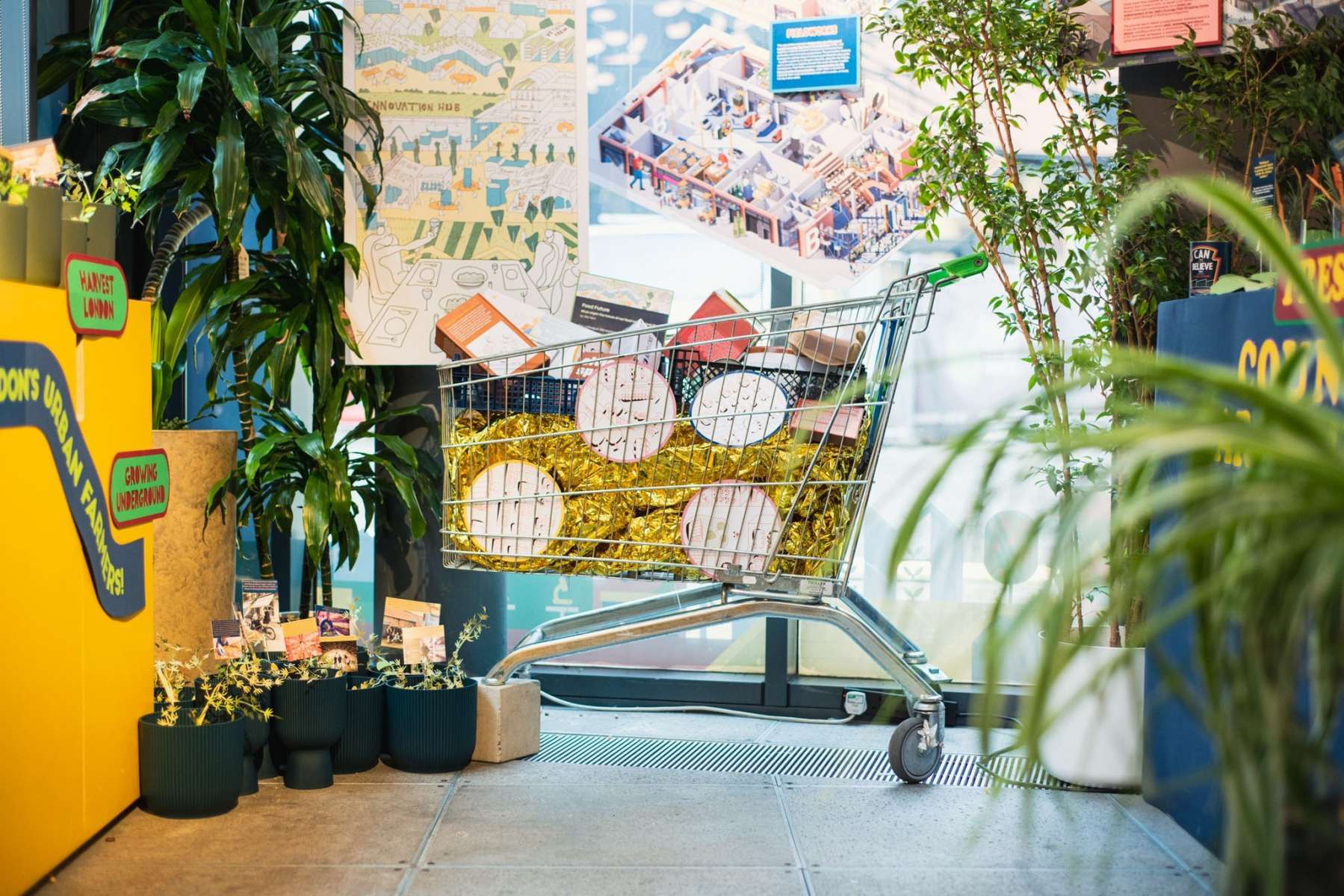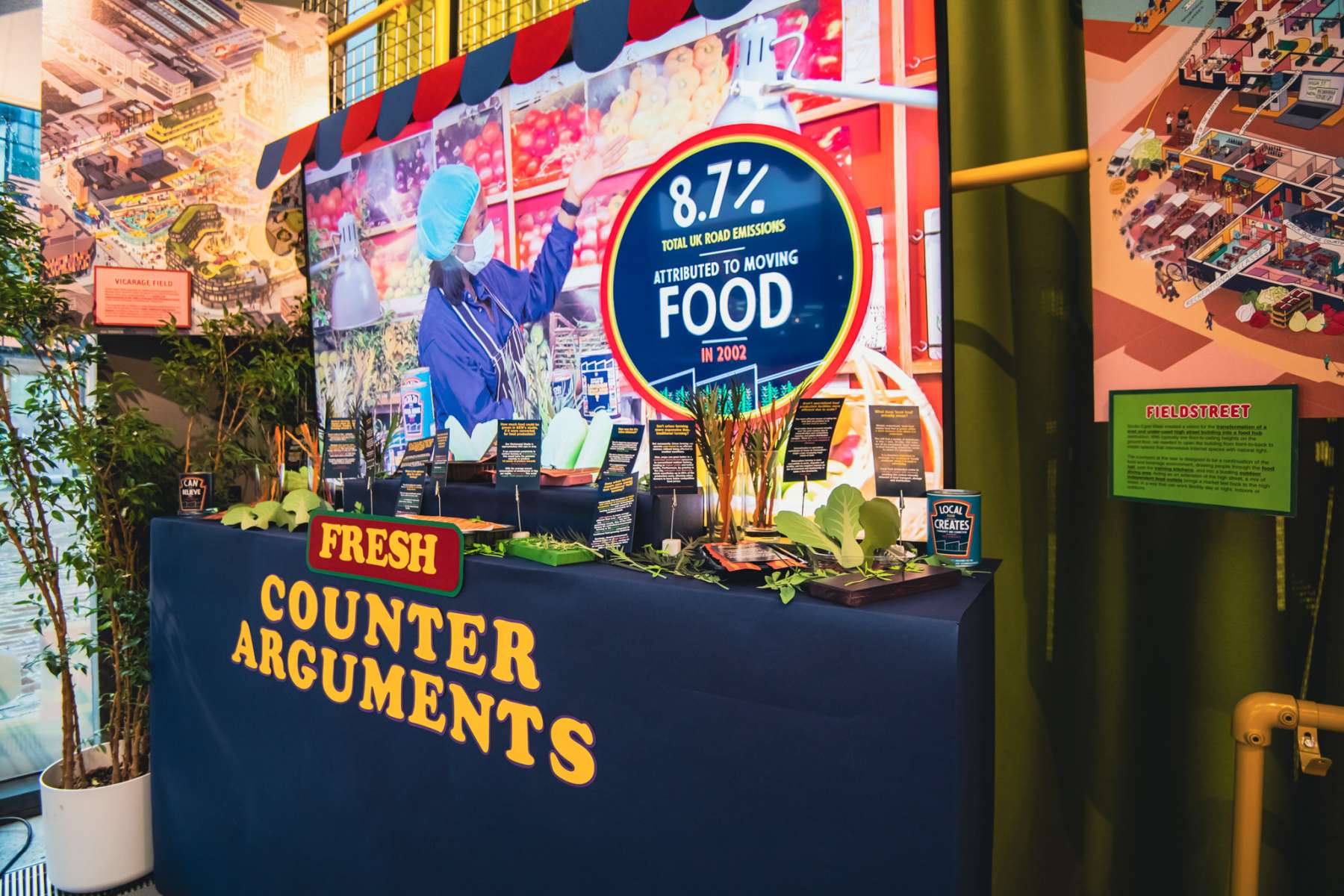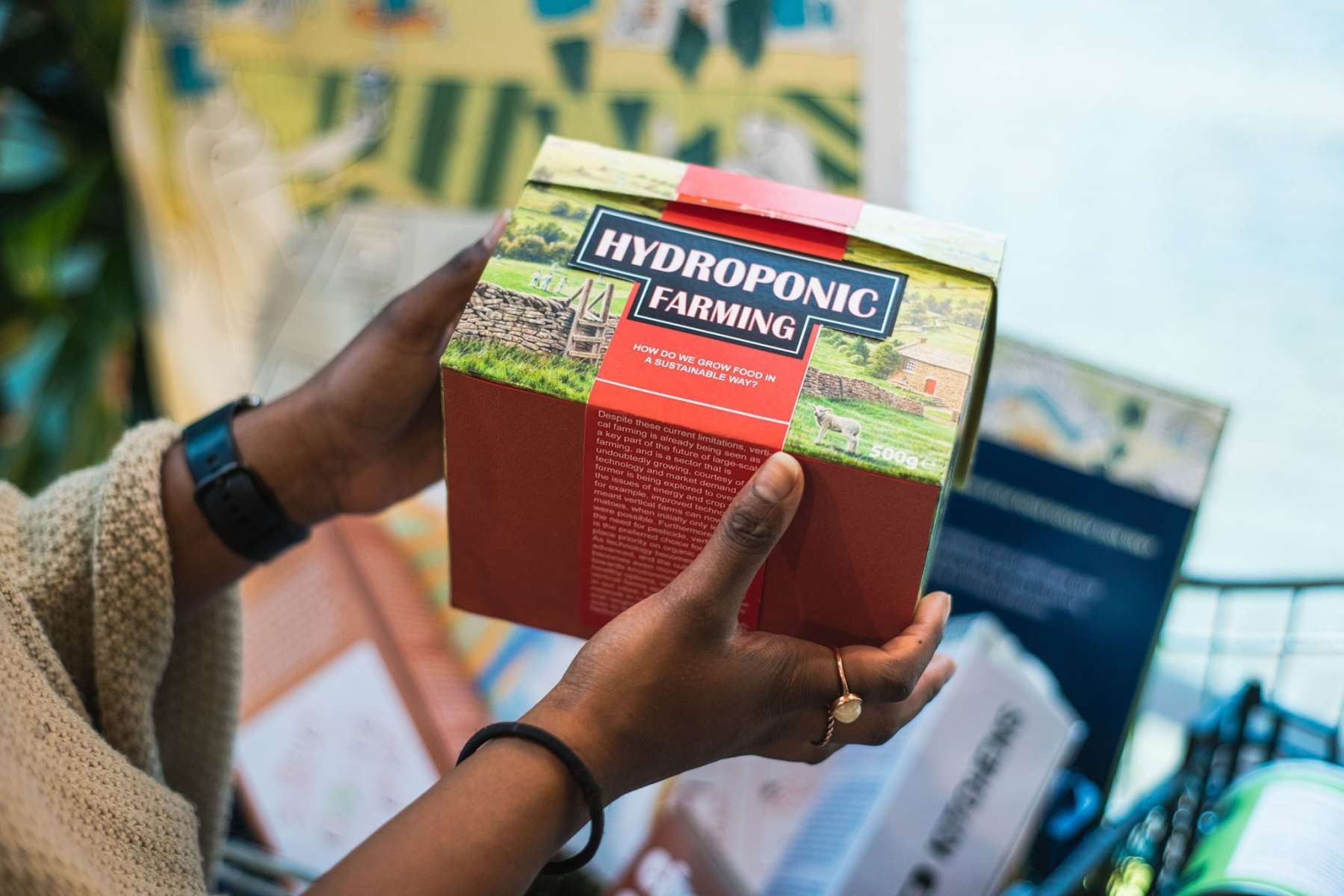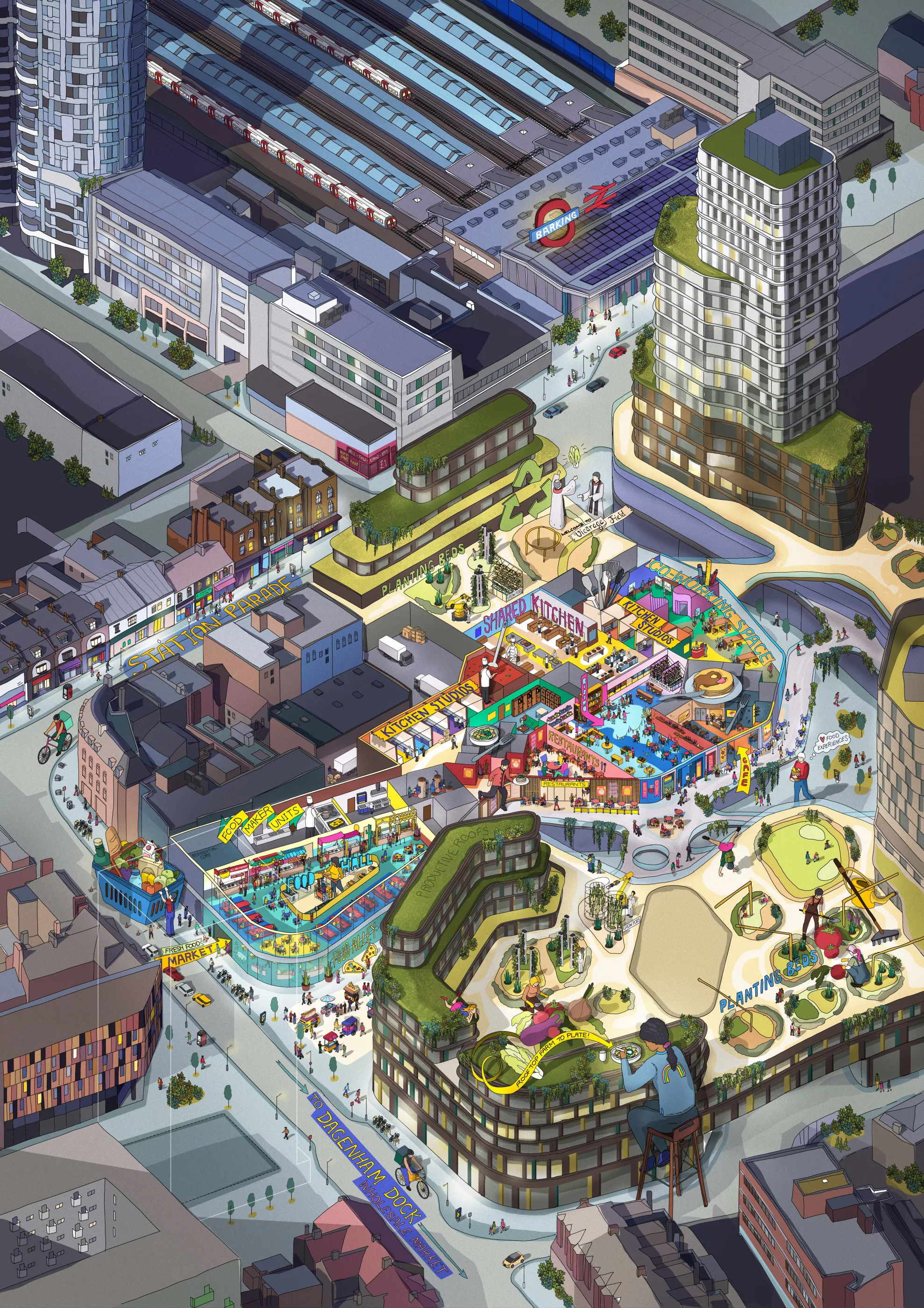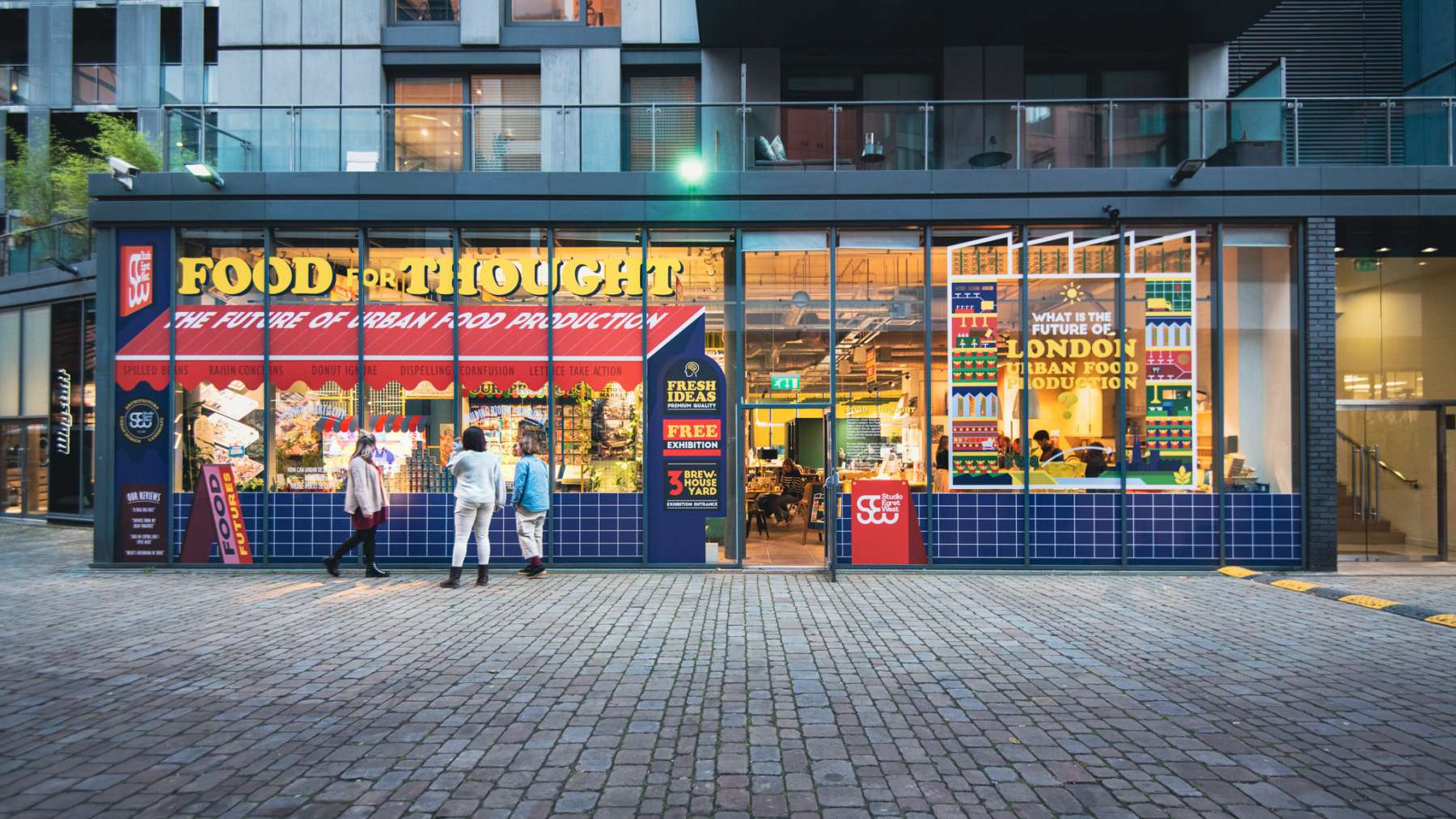There are obvious trade-offs to every food growing model. This is because each typology sits within a broad spectrum of social value, organisation and productivity. There is also a question of who the producer is and who is the consumer. A degree of intent and structure is essential for a food model to produce and perform optimally. For instance, a resident who is privately renting an allotment space should have the agency and the know-how to grow seasonal food and maintain their space all year round. A community garden collective is dependent on sufficient resources to manage events, train members and recycle waste. Likewise, a hydroponic farm requires the expertise, horticultural infrastructure, and a working business model to produce food at a commercial scale and standard.
To create a sustainable food network, we believe there should be a mix of food growing models to fulfil a range of social, societal and environmental needs; from health and wellbeing through to food security. Can we start to loosen our grip from a mature commercial food chain and turn towards a new food ecosystem? By mapping out a hierarchy of food based on social value, consumption, low-tech to high-tech, scale and organisation, we can begin to reimagine how communities, neighbourhoods and indeed cities could feed themselves.
As we see the intensification of land development to meet housing, retail, office and light industry in cities, so too could we see food production thrown into the mix. We are accustomed to talk in binary terms when we think about food systems; indoor & outdoor, domestic & commercial, community & enterprise. Let’s stir the pot and put forward a Food Strategy that will embody the diversity of food growing, and a future food network that will ultimately be greater than the sum of its parts.
